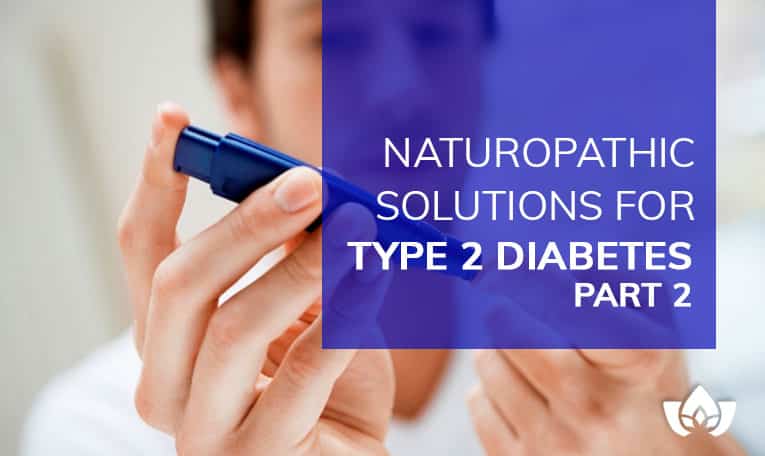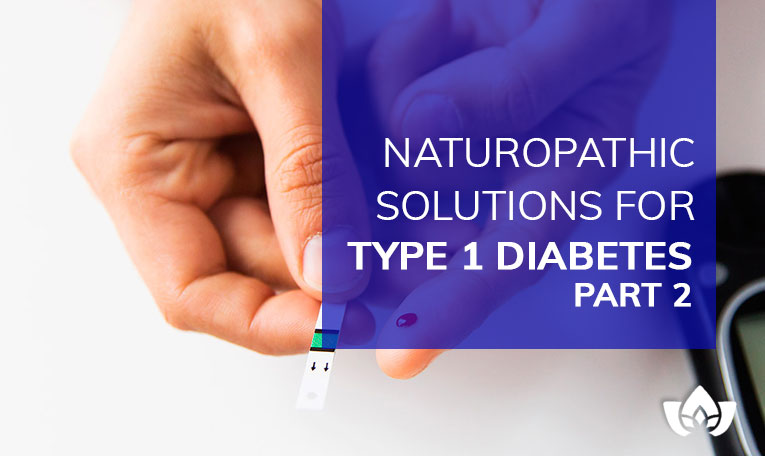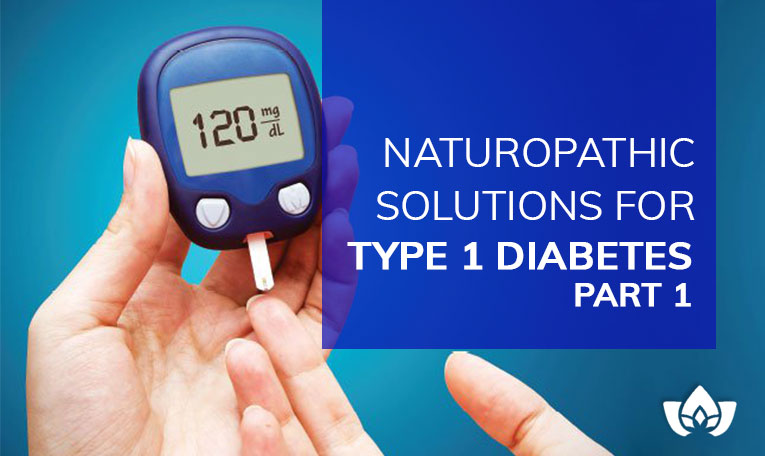In our last article in this series on type 2 diabetes, we looked at the causes, symptoms, and risk factors of this disease, as well as the complications – if you haven’t read that one, we recommend taking a look to determine your risk factors for this disease or if you are experiencing symptoms.
We’ve also reviewed the impact of a high-sugar diet, which includes a higher propensity for developing diabetes later in life.
Today we are going to have a look at how type 2 diabetes is diagnosed and some of the treatment options which can be used to manage this disease.
Diagnosing Type 2 Diabetes
If you are worried you may have type 2 diabetes, you will need to see your doctor or health professional to be tested.
There are a series of tests which can be used to determine if you have type 2 diabetes, these include the following:
• Glycated hemoglobin (A1C) test. This test indicates your average blood glucose level over two to three months by measuring the percentage of glucose attached to hemoglobin; levels of 6.5 percent or higher indicate diabetes, although pregnancy can make this test inaccurate.
• Random blood glucose test. A blood sample taken at a random time, showing levels of 11 millimoles per liter (mmol/L) (or 200 milligrams per deciliter {mg/dL}) or higher indicate diabetes, regardless of the last time a person ate, especially when paired with other symptoms such as frequent urination.
• Fasting blood glucose test. A blood sample is taken after an overnight fast, and if the blood glucose level is over 7 mmol/L (or 126 mg/dL) on two separate occasions, this in an indicator of diabetes.
• Oral glucose tolerance test. After an overnight fast your blood glucose is measured. Then, after drinking a sugary liquid,levels are tested periodically over two hours.
Routine fasting blood glucose testing is recommended for everybody, and at the age of 45 and older additional testing is recommended, especially in overweight individuals.
Naturopathic Approach To Type 2 Diabetes Treatment
Although a diagnosis can be scary, there are ways to manage diabetes and potentially stall, or in some cases, reverse the effects.
Left untreated, type 2 diabetes can result in organ damage, cardiovascular disease, and even limb amputations due to the nerve damage which can result.
Let’s have a look at some of these treatments.
1. Eliminate Refined Sugar From Your Diet
Sugars, as well as white and processed grains can cause blood glucose to spike, which contributes to insulin resistance and weight gain.
Removing sugar, as well as sources of simple carbohydrates such as white bread, white pasta, and white rice, is essential to managing this disease.
2. Physical Activity
Being more active can help improve insulin-resistance.
Additionally, maintaining a healthy weight will help, as one of the risk factors for diabetes is obesity.
The centre for disease control recommends a minimum of 2.5 hours per week of moderate-to-intense cardiovascular activity per week, as well as strength training.
If you are new to physical activity, always consult your doctor or health-care provider before starting a new routine.
3. Increase Your Dietary Fibre
Food which are high in fibre will slow the release of glucose into the bloodstream.
Whole fruit, vegetables, and beans are all good options of high-fibre foods.
4. Correct Any Mineral Deficiencies
Some studies have shown type 2 diabetics are more likely to be deficient in minerals, including chromium and magnesium.
Choose food sources which are high in these minerals, including leafy greens such as kale, chard, broccoli and bok choy to aid in replenishing these vital nutrients.
Call The Mindful Healing Clinic
Are you worried you might have type 2 diabetes?
Have you been diagnosed with type 2 diabetes, and want to look at natural alternatives for treatment?
At the Mindful Healing Clinic we can help.
Contact us today to set up an appointment.
We will work with you to develop a treatment plan that is right for you.
The post Naturopathic Solutions For Type 2 Diabetes Part 2 appeared first on Mindful Healing.







